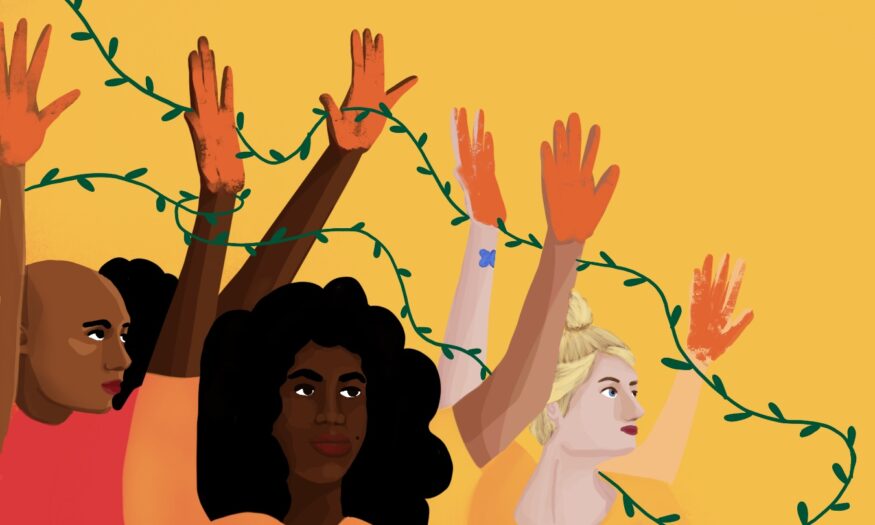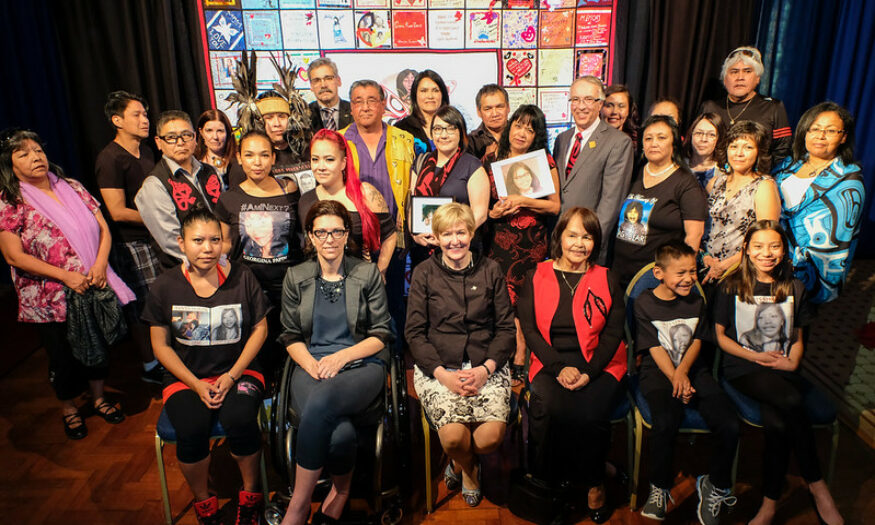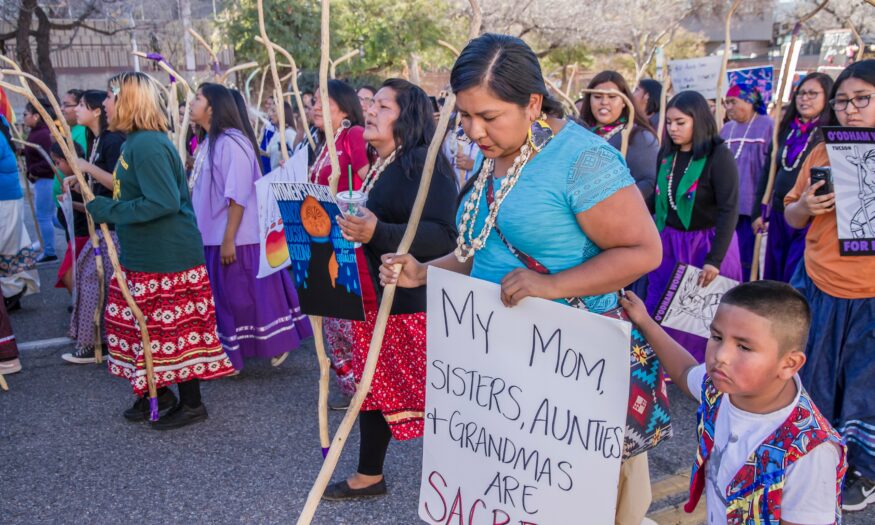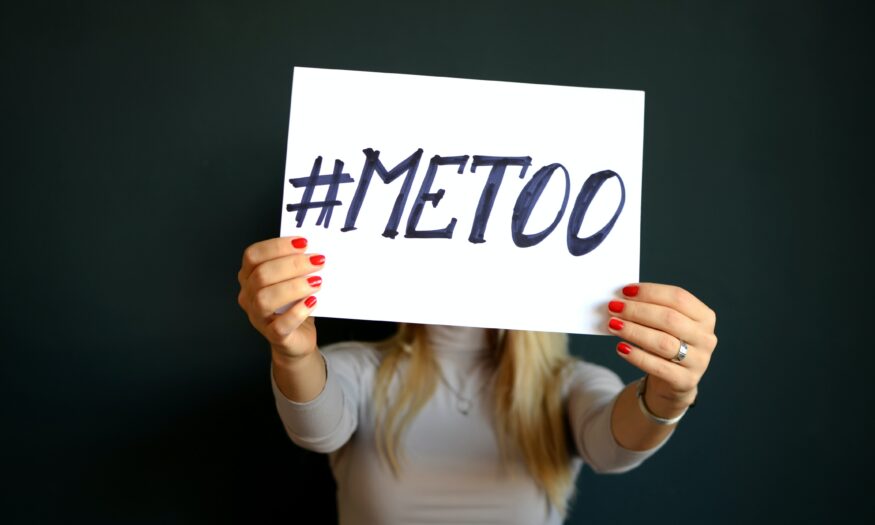Gender-based Violence
Gender-based violence can be inflicted by an individual or through societal oppression and may take the form of sexual assault, intimate-partner violence, dating violence, trafficking, police violence, and/or stalking. GBV is rooted in gender inequality, the abuse of power, and sexist norms. Every form of violence limits our ability to make choices about our lives.
Violence against women and gender-expansive people is pervasive in the United States and around the...
Gender-based violence can be inflicted by an individual or through societal oppression and may take the form of sexual assault, intimate-partner violence, dating violence, trafficking, police violence, and/or stalking. GBV is rooted in gender inequality, the abuse of power, and sexist norms. Every form of violence limits our ability to make choices about our lives.
Violence against women and gender-expansive people is pervasive in the United States and around the world. In the U.S., one in three girls is a victim of physical, verbal, or emotional abuse. One in four U.S. women will experience domestic violence and, on average, more than three women are murdered by their male partners in the U.S. every day. Young women, low-income women, women of color, trans women, immigrant and refugee women, elderly women, sex workers, queer women, immigrants and refugees, and women with disabilities are disproportionately affected. It is estimated that, globally, one in three women will experience sexual or physical violence in their lifetime.
Women’s movements around the world have been working to prevent, reduce, and appropriately respond to GBV since the 1970s, and we have made important strides. Thanks to feminist organizing, the World Health Organization recognizes sexual violence, intimate-partner violence, and other abuse of women and children as epidemic public health problems. Similarly, the International Criminal Court in The Hague has recognized militarized rape as a war crime. And in the U.S. and many other countries, some law enforcement agencies provide specialized training for officers dealing with GBV.
Yet GBV is so woven into the fabric of acceptable behavior that many women who experience it feel that they are at fault or have no right to complain about it. We have a lot of work to do to counteract rape culture and create a world that is safe for all of us.
The resources in this section look at the kinds of violence that are perpetrated, the struggle for recovery, and the movement to end gender-based violence.
Gun Violence
-
3 items
View allGender-based violence, especially domestic violence and intimate partner violence, often overlaps with gun violence, sometimes resulting in death.
Intersectionality
-
13 items
View allIntersectionality allows us to see how gender-based violence is connected to race, class, sexual orientation, and other identities.
Intimate Partner Violence
-
18 items
View allIntimate partner violence, including domestic violence, takes many forms, such as physical, verbal, emotional, economic, and sexual violence.
Mental Health
-
3 items
View allGender-based violence can be connected to long-term mental health issues including anxiety, depression, and post-traumatic stress disorder (PTSD).
Reforms & Solutions
-
9 items
View allMany organizations are working to end gender-based violence, and the resources in this section outline several paths towards accountability and justice.
Sexual Violence
-
9 items
View allSexual violence is one form of gender-based violence that includes crimes like sexual assault, rape, sexual trafficking, and reproductive coercion.











